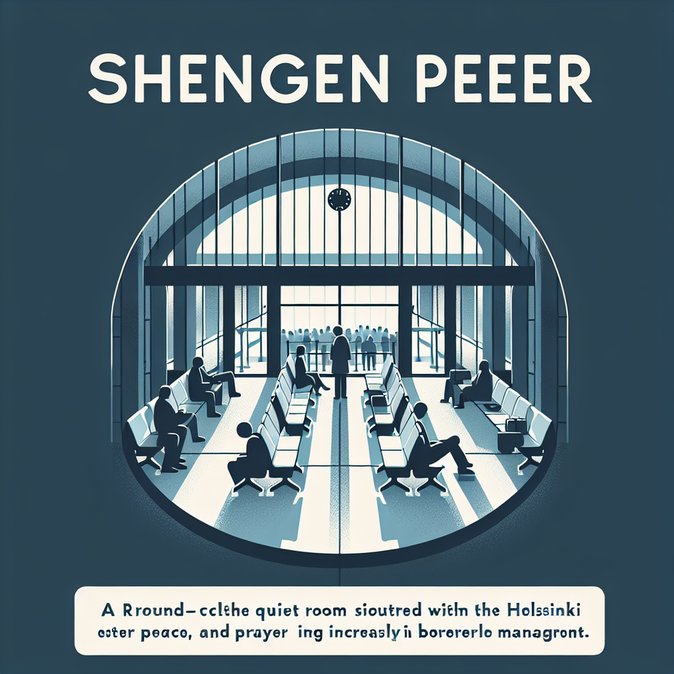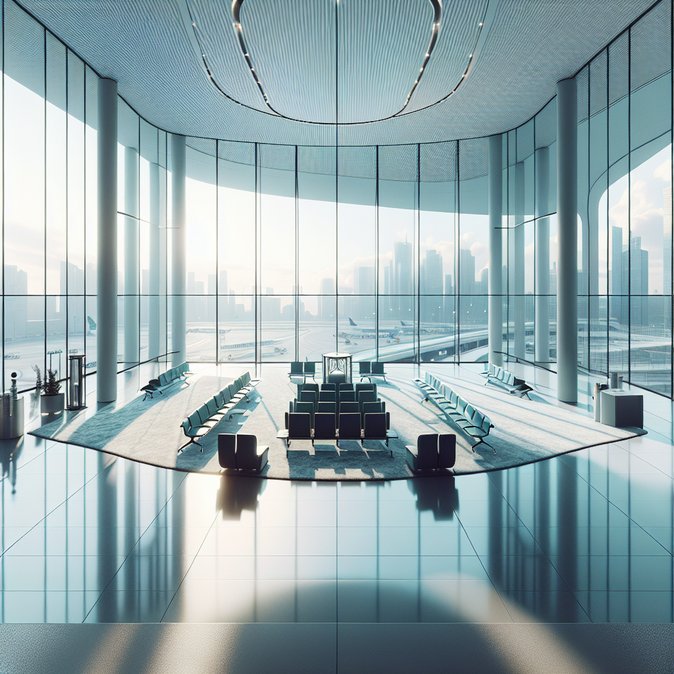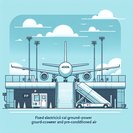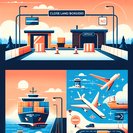
Finavia has expanded its wellbeing offer at Helsinki-Vantaa by unveiling a 24-hour Multi-Faith Quiet Room near Gate 32 in the Schengen pier. The space, reported on 24 November, extends a 2023 pilot in the non-Schengen wing and is open to all passengers for prayer, meditation or simply escaping terminal noise.
Designed with natural light, acoustic panelling and a calming Nordic palette, the room also hosts voluntary chaplaincy from the Vantaa parish union, which can perform blessings or even on-the-spot weddings. Four sound-insulated work pods will be installed in December, giving business travellers a confidential space for video calls without lounge access.
![Helsinki Airport Opens 24-Hour Multi-Faith Quiet Room Ahead of EES Roll-Out]()
Finavia timed the launch deliberately: from 12 October 2025 Finland will implement the EU Entry/Exit System (EES), which is expected to lengthen peak-hour queues for non-EU nationals. The operator wants to offer a stress-relief valve that could influence travellers’ choice of connecting hub in a competitive Nordic market.
Corporate travel managers should update pre-trip guidance, particularly for employees with fixed prayer schedules or anxiety issues. The facility also aligns with evolving duty-of-care standards, where traveller wellbeing metrics increasingly form part of supply-chain KPIs and RFP scoring.
Other hubs—Copenhagen, Stockholm and Oslo—are investing in similar “third-space” concepts, suggesting that soft-infrastructure features may become a differentiator alongside punctuality and network breadth. Finavia will monitor usage via anonymous footfall sensors and could replicate the concept at regional airports if feedback is positive.
Designed with natural light, acoustic panelling and a calming Nordic palette, the room also hosts voluntary chaplaincy from the Vantaa parish union, which can perform blessings or even on-the-spot weddings. Four sound-insulated work pods will be installed in December, giving business travellers a confidential space for video calls without lounge access.

Finavia timed the launch deliberately: from 12 October 2025 Finland will implement the EU Entry/Exit System (EES), which is expected to lengthen peak-hour queues for non-EU nationals. The operator wants to offer a stress-relief valve that could influence travellers’ choice of connecting hub in a competitive Nordic market.
Corporate travel managers should update pre-trip guidance, particularly for employees with fixed prayer schedules or anxiety issues. The facility also aligns with evolving duty-of-care standards, where traveller wellbeing metrics increasingly form part of supply-chain KPIs and RFP scoring.
Other hubs—Copenhagen, Stockholm and Oslo—are investing in similar “third-space” concepts, suggesting that soft-infrastructure features may become a differentiator alongside punctuality and network breadth. Finavia will monitor usage via anonymous footfall sensors and could replicate the concept at regional airports if feedback is positive.







